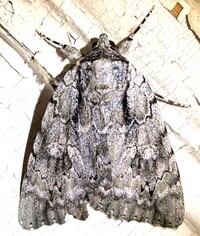
| Recorded by: Dean Furbish, Lior S. Carlson on 2025-09-10
Orange Co.
Comment: | 
| Recorded by: Taylor Piephoff on 2025-08-16
Mecklenburg Co.
Comment: |

| Recorded by: Darryl Willis on 2024-09-23
Cabarrus Co.
Comment: | 
| Recorded by: Chuck Smith on 2024-09-23
Davidson Co.
Comment: |

| Recorded by: Jim Petranka, Mark Basinger and Becky Elkin on 2024-09-20
Madison Co.
Comment: | 
| Recorded by: Jim Petranka, Mark Basinger and Becky Elkin on 2024-09-20
Madison Co.
Comment: |
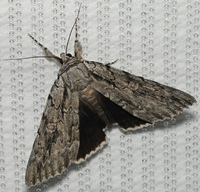
| Recorded by: Chuck Smith on 2023-09-24
Davidson Co.
Comment: | 
| Recorded by: tom ward on 2022-08-16
Buncombe Co.
Comment: |
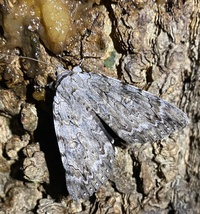
| Recorded by: David George, L. M. Carlson on 2021-09-17
Orange Co.
Comment: | 
| Recorded by: David George, L. M. Carlson on 2021-09-12
Orange Co.
Comment: |
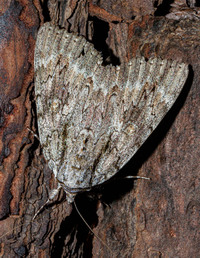
| Recorded by: Stephen Hall on 2020-10-22
Orange Co.
Comment: Female | 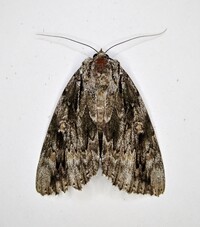
| Recorded by: Gary Maness on 2020-10-20
Guilford Co.
Comment: |

| Recorded by: Gary Maness on 2020-10-20
Guilford Co.
Comment: | 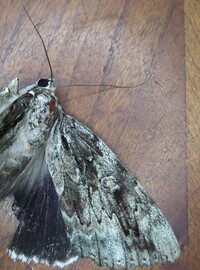
| Recorded by: Gary Maness on 2020-10-20
Guilford Co.
Comment: |
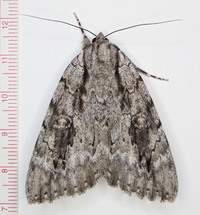
| Recorded by: Gary Maness on 2020-10-06
Guilford Co.
Comment: Black with white fringe hind wing. Rather large for this species ?? | 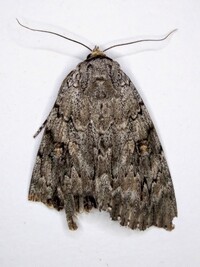
| Recorded by: Gary Maness on 2020-09-26
Guilford Co.
Comment: |
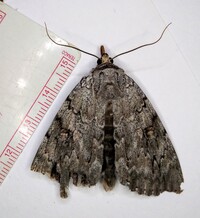
| Recorded by: Gary Maness on 2020-09-26
Guilford Co.
Comment: | 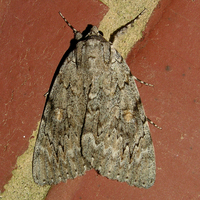
| Recorded by: Owen McConnell on 2020-09-13
Durham Co.
Comment: |

| Recorded by: Gary Maness on 2019-10-08
Guilford Co.
Comment: | 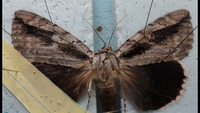
| Recorded by: Darryl Willis on 2017-09-13
Cabarrus Co.
Comment: |

| Recorded by: Darryl Willis on 2016-09-15
Cabarrus Co.
Comment: | 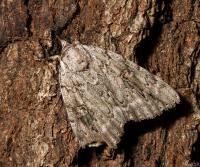
| Recorded by: Stephen Hall on 2015-10-14
Orange Co.
Comment: |
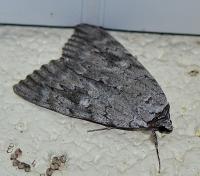
| Recorded by: Paul Scharf on 2015-10-07
Warren Co.
Comment: | 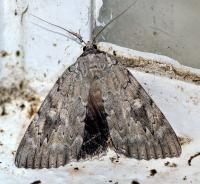
| Recorded by: Paul Scharf on 2015-10-07
Warren Co.
Comment: |

| Recorded by: J.B. Sullivan on 2014-09-21
Mecklenburg Co.
Comment: | 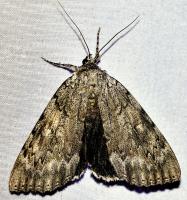
| Recorded by: Paul Scharf on 2013-11-07
Warren Co.
Comment: |
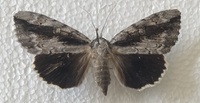
| Recorded by: Darryl Willis on 2013-09-14
Cabarrus Co.
Comment: | 
| Recorded by: Paul Scharf on 2011-10-20
Warren Co.
Comment: |
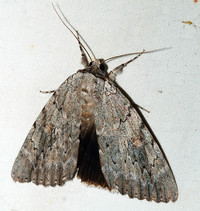
| Recorded by: Paul Scharf on 2011-10-16
Warren Co.
Comment: | 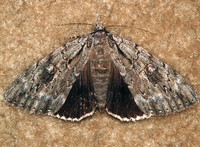
| Recorded by: Paul Scharf on 2011-10-14
Warren Co.
Comment: |
|

 »
»



















